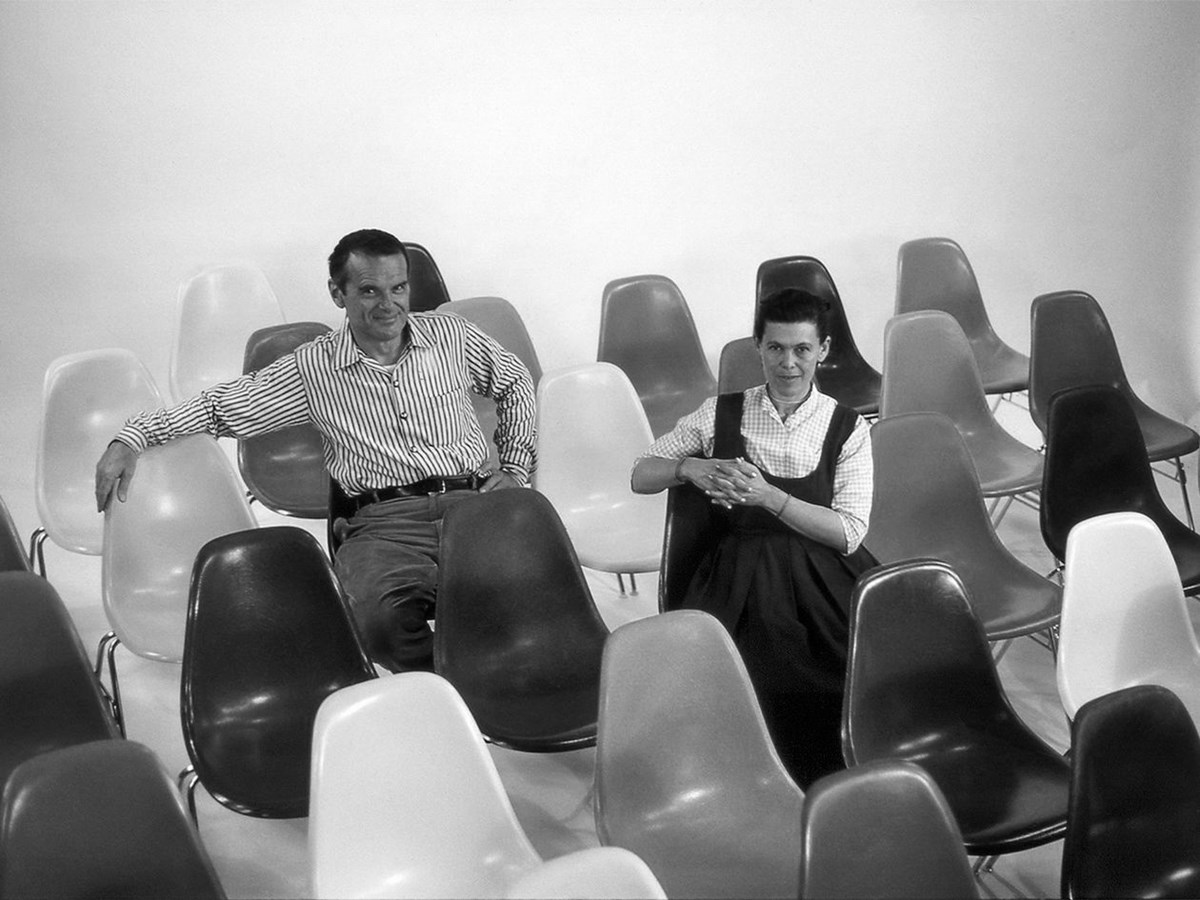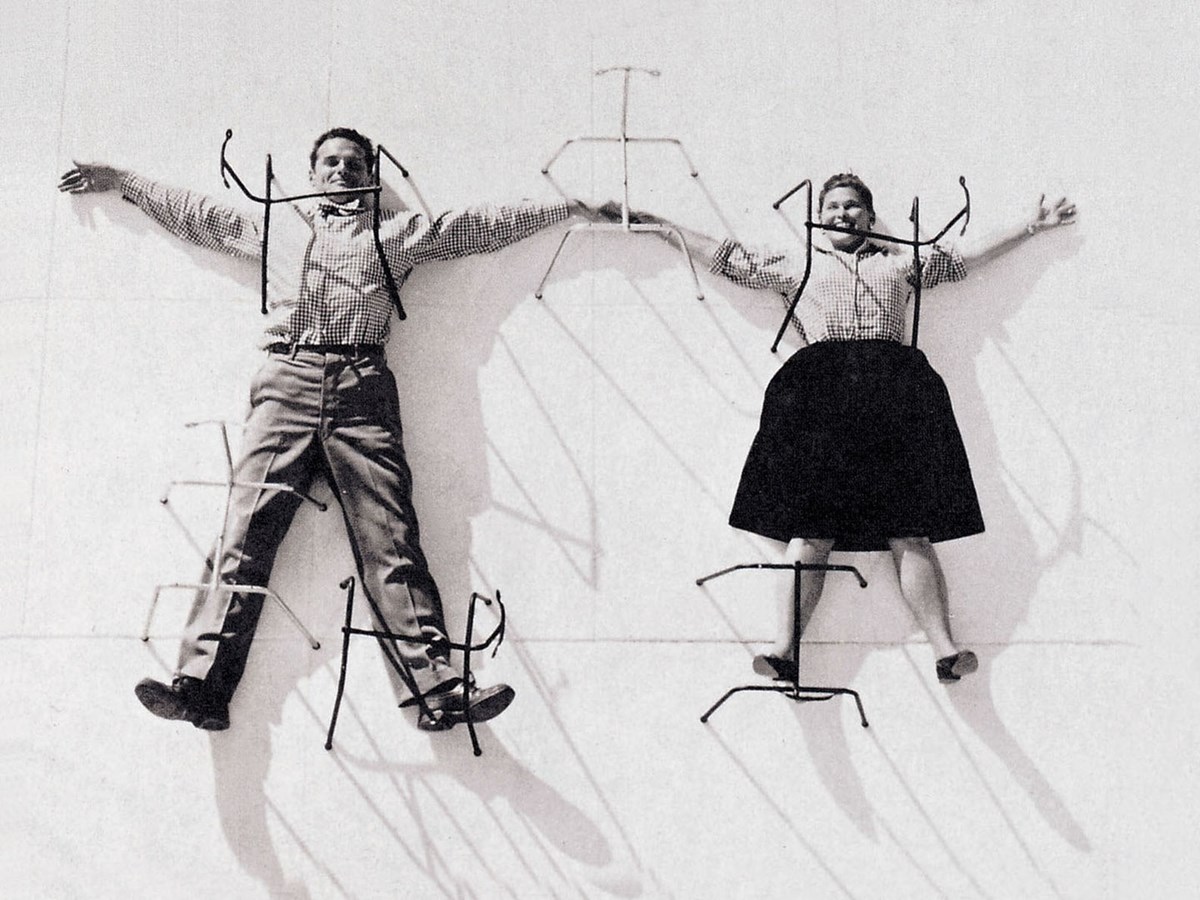Eames House Bird - walnut
- Designer:
- Charles & Ray Eames
- Brand:
- Vitra
All showrooms will be closed for Anzac Day, reopening on Friday the 26th of April.
We don't appear to have any products related to your search term. Please try again.
“The details are not the details, the details make the product.” – Charles and Ray Eames
Charles Eames, born 1907 in St. Louis, Missouri, studied architecture at Washington University (which he left early due to his progressive ideas) in St. Louis and opened his own office together with Charles M. Gray in 1930. He remained in St. Louis until late 1938. In 1940, Eames became head of the department of industrial design at Cranbrook, and in 1941 he married Ray Kaiser.
Ray Eames, née Bernice Alexandra Kaiser, was born in Sacramento, California in 1912. She attended the May Friend Bennet School in Millbrook, New York, and continued her studies in painting under Hans Hofmann through 1937. She matriculated at the Cranbrook Academy of Art in 1940 and married Charles Eames the following year.
Since uniting in 1940, these partners in life and work have been internationally recognized at the forefront of the design, architecture, filmmaking, and furniture communities. Esteemed architect Eliel Saarinen took note of Charles’s work and invited him to complete a fellowship at the Cranbrook Academy of Art in Bloomfield Hills, Michigan. This lead to Charles' position as the school’s first director of the industrial design program.
Ray held an early interest in fashion design, theatre, and the arts, and left her hometown of Sacramento for New York to attend the Bennett School for Girls. In 1933, Ray moved to Manhattan. Although she entertained the idea of studying engineering in the city, she remained enamored by the many media of art and its social circles. Ray enrolled in Hans Hofmann’s painting school, taking courses with him for six years from 1933 until 1939, and became a founding member of the American Abstract Artists group.
“Any time one or more things are consciously put together in a way that they can accomplish something better than they could have accomplished individually, this is an act of design.”

Ray assisted Charles and Eero Saarinen’s entry into MoMA’s “Organic Design in Home Furnishings” design competition. They married in 1941. Their office began in a spare bedroom of their Neutra-designed apartment where they experimented with molding plywood into complex furniture forms. Due to funding from the U.S. Navy, the Eameses opened and operated the Eames Office.
The Office missioned to produce high-quality products from readily available, often industrial, materials to the masses. Projects were modeled repetitively in an iterative fashion until the final result was revealed to the public.
Ray continued the work of the Eames Office for a few years after Charles’s passing in 1978. Ultimately, she closed the active office and focused on securing the Eames Office’s legacy for future generations. Ray donated 1.5 million two-dimensional objects (including 750,000 prints and photographs) to the Library of Congress, wrote an encyclopedic volume of the Eames Office’s varied projects, lectured, and continued to welcome visitors to the Eames House. On the tenth anniversary of Charles’s passing, Ray left as well.
Charles said that chairs should be designed not for how people should sit, but instead for how people do sit. From 1988 onward, the dedicated Eames family and Eames Office staff have continued the operations and remembrance of Charles and Ray’s livelihood. Today, this legacy is easily identified in a few of the Eames Office’s most monumental projects: the Eames House, the Eames Lounge Chair and Ottoman, and the film Powers of Ten.
